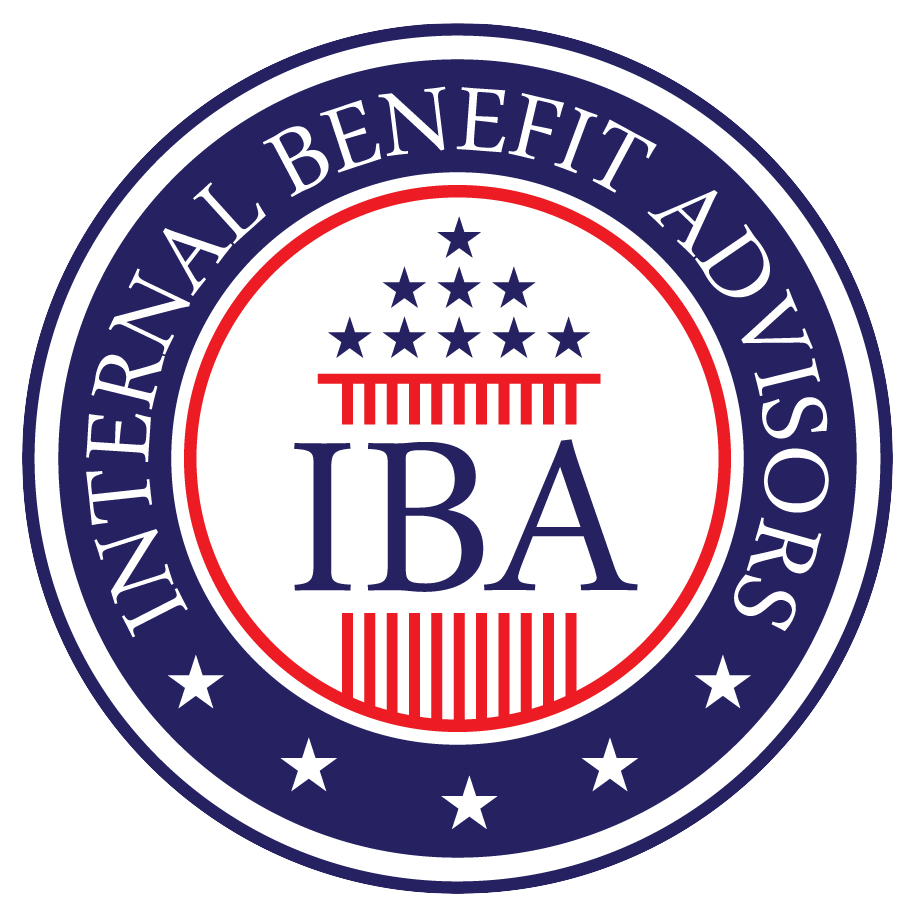
SEP is Historically a Volatile Month for the TSP | We could be in for some interesting headlines this month, whether to the upside or downside – the key is to make sure you have a plan and stick with it.
August was an interesting month for the TSP, with increased volatility compared to the rest of the calendar year so far.
The G Fund returned 0.18% for August, while the F Fund was up 2.60%. There has been major bond-buying pressure around the world, and when bond yields go down, it means that bond prices go up. The F Fund has been a beneficiary of this trend. The G Fund, however, holds its funds until maturity and resets its interest rate frequently, so it is not subject to gains or losses in bond prices themselves, unlike most bond funds. As a consequence, the global reduction in interest rates including on the U.S. treasury and corporate markets has been a drag on the G Fund due to lower rates, but a boon for the F Fund.
The equity funds weren’t as fortunate. The C Fund fell 1.59% in August, the I Fund fell 1.77%, and the S Fund fell 4.19%. Many small companies, like the ones within the S Fund, are unprofitable and more reliant on strong economic growth, so when growth rates slow down, they historically have a rougher time than their larger and more resilient counterparts.
The Market Appears Particularly Uncertain
As we enter September, the S&P 500 (which is tracked by the C Fund) is stuck in a trading range:
Chart Source: Google Finance
The last time we had a trading range like this was back in November and December, and it broke decidedly to the downside.
The market is indecisive at the moment, with no clear trend. As I described in last week’s article, the risks of a recession are rising, but by no means assured. The trade tensions between the United States and China have escalated. And Brexit (Britain’s exit from the European Union, potentially without an organized deal in place) is scheduled for October 31st.
Read more: The Risk for a Recession is Rising, but the Future is Never Certain
August is a low-volume trading month in the markets because many professional and individual investors are on vacation. September historically is one of the most volatile months as people return to work and market activity increases.
In fact, September is the only month that has been down more often than up over the past 90 years:
Chart Source: Yardeni Research
Still, this doesn’t tell us much. September has historically gone down about 55% of the time and up about 45% of the time. December is historically the month that is most likely to go up. And yet this past December was brutal to the downside.
Given heightened recession risk levels, a month that historically has high volume and volatility. And a market that is currently in a trading range, we could be in for some interesting headlines this month, whether to the upside or downside. The key is to make sure you have a plan and stick with it; make investment decisions rationally rather than by emotion.
To see the full article written by Lyn Alden and published in Fedweek, click here.



